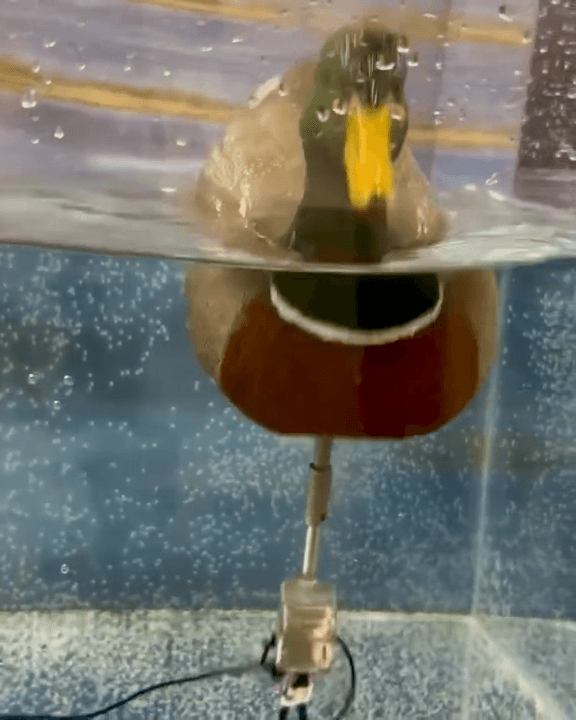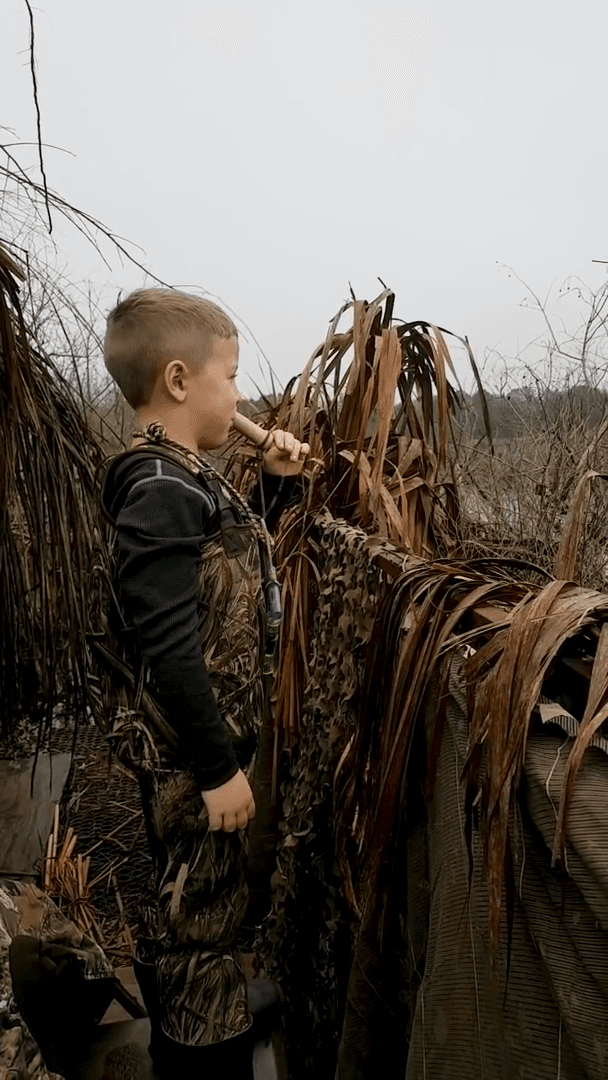
Billy Campbell — Waterfowl Influencer & Blogger | Public-Land Duck Hunting & Dr Duck Billy Campbell is a leading waterfowl Influencer and Blogger, co-host of Dr Duck. Profile covers public-land duck hunting methods, decoy strategy, operating regions, typical trophies and shotgun & gear setup. Billy Campbell, Waterfowl Influencer and Blogger Billy Campbell is a professional waterfowl hunter, content creator and co-host of the Dr Duck series and podcast. He is recognized for practical, ethics-driven public-land duck hunting and for converting field experience into video episodes, podcasts and how-to content that target hunters who pursue mallards and puddle ducks on shared public wetlands. Public-land duck hunting methods - Public-land scouting: systematic reconnaissance of impoundments, river sloughs and flooded ag fields to identify pressured bird concentrations and transit corridors. - Compact decoy spreads: small, realistic spreads and motion decoys optimized for pressured public waters where large spreads are impractical. - Conservative calling discipline: situational calling designed to finish birds without spooking wary flocks; emphasis on tone and timing. - Small-team mobility: short, mobile setups—wading, flats boats or quick launches—to exploit movement windows across several ambush points. - Low-impact ethics: leave-no-trace practices, minimal sign and public-land stewardship promoted on camera. Preferred species and hunt types Primary focus — migratory ducks (mallards and puddle ducks): main content pillar and instructional target. Secondary coverage — geese and diving ducks: tactical episodes when regional opportunity or season dictates. Tactical emphasis: producing daily limits and repeatable success patterns on pressured public areas rather than trophyism. Operating regions and terrain - Regional focus: origins in East Texas and extended activity across the southern flyway and adjacent public wetlands. - Terrain types: flooded timber, agricultural mudflats, managed impoundments, river backwaters and coastal flats—sites where public access concentrates hunting pressure. - Seasonal mobility: multi-state travel to locate the best public opportunities during migration windows. Notable outcomes and audience-relevant trophies - Outcome orientation: content demonstrates consistent limits and practical retrieves on public water, serving as repeatable case studies for viewers. - Audience proof points: episode highlights of successful mallard hunts, decoy setups and retrieval tactics function as social proof and long-tail search drivers (e.g., “public land mallard decoy strategy”). Weapons, gear and field kit Shotguns: common use of 12-gauge and 20-gauge hunting shotguns configured with corrosion-resistant finishes and appropriate chokes for waterfowl. - Ammunition: non-toxic shot compliant with federal/state regulations (steel, bismuth or tungsten blends as applicable). - Decoys & motion systems: compact, portable decoy rigs and motion pieces tailored to small impoundments. - Access & retrieval equipment: layout/flats boats, waders, drift rigs and standard retrieval kits. - Optics & electronics: reliable calls, binoculars, GPS/phone navigation and trail-scouting tools. Conclusion Billy Campbell is a practical, ethics-oriented waterfowl Influencer and Blogger whose Dr Duck content delivers reproducible public-land strategies for mallard and puddle duck hunting. For editorial placement, emphasize regional public-land tactics, decoy and calling tutorials, and gear setups to capture targeted search traffic. Follow the Dr Duck channels for episode guides, field reports and tactical breakdowns. Billy Campbell's Instagram (44k followers): @thefowlhunter
Post: 18 September 13:05




































